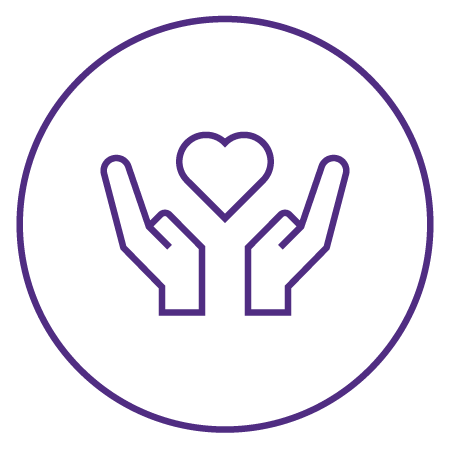Black & Essential:
Coping Strategies & Narratives of Black Baton Rouge, Louisiana Residents during COVID-19
Black Baton Rouge residents, similar to many other Black populations across the United States, have been hit the hardest compared to their racial counterparts, by the pandemic. Based on findings, access to resources, including the use of new media technologies, are crucial in supporting the community. These findings suggest that increasing digital literacies and accessibility (e.g., the use of a debit card, SNAP, and EBT online) and mitigating the digital divide, would help support communities as they seek to utilize digital spaces, such as shopping online and telemedical services, to order supplies and medications. Also, financial support, directed towards individuals and local small businesses and nonprofits, is crucial as support from family, community members, and local organizations including churches was a large theme throughout the data.
*Based on Three hundred twenty-two (322) Black Baton Rouge residents answered an open and closed-ended questionnaire. Of the sample, 48% identified as male, 49% identified as female, and 3% as non-gender binary. Forty-nine percent (49%) of the sample held a college degree (associate degree or higher), and the average age was 35, ranging from 18 to 76 years of age.

Black Baton Rouge Residents In the Home
Forty-five percent (45%) of respondents have someone in their household with a serious health condition such as high blood pressure, heart disease, lung disease or cancer. Eighteen percent (18%) of respondents have someone in their household that works in a health care setting. Forty-five percent (45%) of respondents have someone in their household employed in a position identified as essential work.

Black Baton Rouge Residents & Family Support
Fifty percent (50%) of respondents reported having supported family financially before the pandemic, and since COVID-19, there is a reported two percent (2%) increase among respondents who now support family members financially.

Black Baton Rouge Residents & Family Dynamics
Twenty-nine percent (29%) of households have multiple generations, including grandparents, living together. Eight percent (8%) of respondents stated that family members or friends have moved into their homes since the beginning of the pandemic, with an average of two additional people moving in.

Black Baton Rouge Residents, Emotional & Practical Support
Participants noted that during the pandemic, there is increased reliance on familial and community support, primarily using technology to call, text, FaceTime or use Zoom. This level of communication was aimed toward checking on the emotional well-being of family and community members and aiding in helping others seek vital information on navigating the pandemic, including locating resources such as masks.

Black Baton Rouge Residents & Expressed Community Needs
Roughly fifteen percent (15%) of participants stated the need for monetary support in the form of cash and supplies, such as toiletries, from both families, community members, and organizations. Open-ended questions aided in offering narratives among respondents that shed light on the needs of Black Baton Rouge residents. For example, a 25-year-old female shared, “My elderly neighbor is an EBT recipient. I try to do most of her shopping for her. But [the government] should put in the work to allow EBT recipients to use their benefits online.” Also, a 38-year-old female shared, “There needs to be better access to medical care and special transportation for the elderly in our community.”

Black Baton Rouge Residents Housing & Medical Care
Thirty-three percent (33%) of respondents mentioned that there was not enough money “once in a while,” in the household for rent or mortgage pre-COVID. That figure rose by four percent (4%) since the pandemic.
